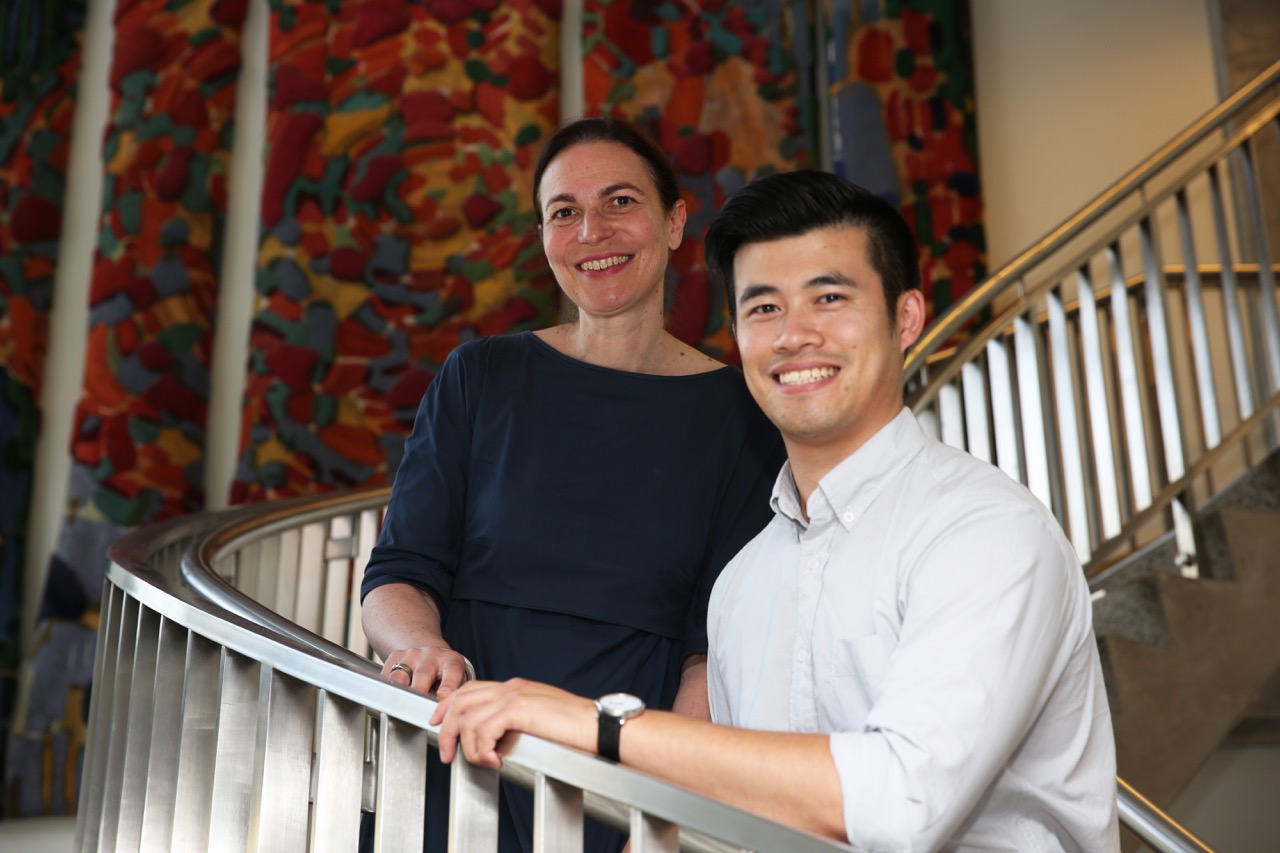A world-first study by a team from the Kolling Institute may inform the future use of multiple medications by older people, minimising adverse impacts including frailty.
The longitudinal research is the first preclinical study to demonstrate that multiple medications can impair function in old age, and that stopping some can reduce harm.
Research lead, Professor Sarah Hilmer said until now there’s been uncertainty about whether it’s the number of drugs, the type or the dose of drugs, and whether these effects are reversible once the medications are stopped.
Our research, conducted by Dr John Mach with a team of local, national and international scientists, applied rigorous methods in ageing biology and biostatistics to measure the impact of multiple medications in old age.
“For the first time, we found that multiple medications increased frailty and impaired function, and interestingly, it was not the number of drugs, but the type and dose of medications that caused the adverse outcomes, said Prof Hilmer, Head of the Department of Clinical Pharmacology at RNSH and Uni of Sydney Conjoint Professor of Geriatric Pharmacology.
“We also found that the adverse effects on frailty and function reduced after stopping the medications.
What the study means
“This research provides the critical evidence required to inform a medication review in our ageing population, not just in Australia, but also internationally.
“We now know which mix of medications cause frailty and reduce independence in old age, and that these effects are reversible once the medications are stopped.
“As a geriatrician, this gives me the evidence I need to optimise medications for my older patients. I can be confident about which drug exposures are exacerbating frailty, and weigh those risks against any potential benefits.
“It also means that I know their function and independence are likely to improve by withdrawing medications,” Prof Hilmer said.
The three-year international study has been published in the Journals of Gerontology: Biological Sciences.
